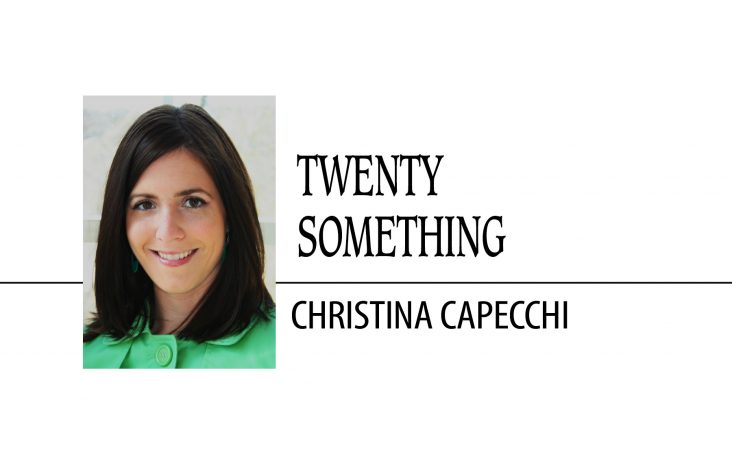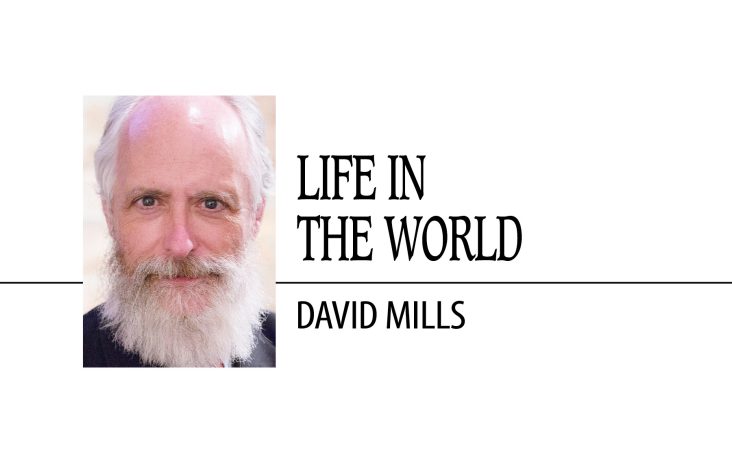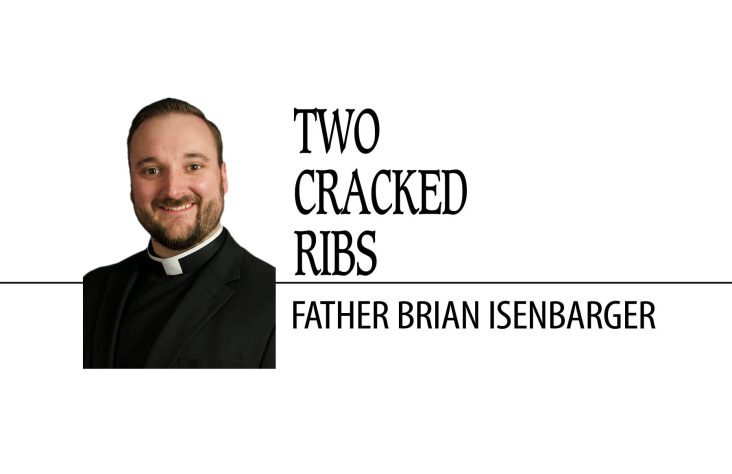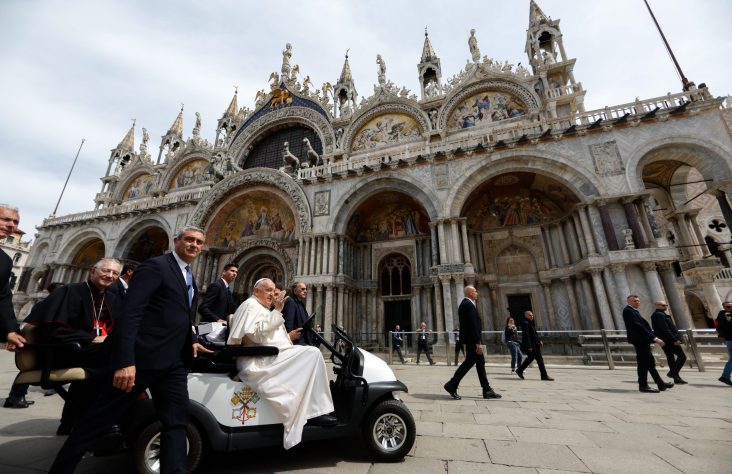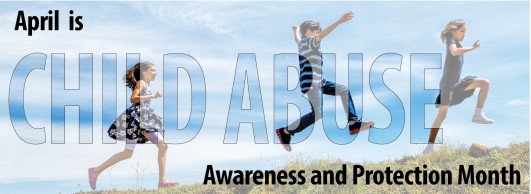April 20, 2016 // Local
Child Abuse Awareness and Protection: The details provide help
For more information on how the Diocese of Fort Wayne-South Bend works to protect children, as well as documents that detail policies and procedures, visit http://www.diocesefwsb.org/Youth-Protection.
In 2002, many will remember when the national news story of abuse within the Catholic Church was released to the public. It was a painful time for many of the Catholic faithful for several reasons: the idea of a trusted adult, especially clergy, harming a child was sickening, and reports of cover-ups and ‘moving priests around’ to conceal the truth cut against the very foundation of Christian principles that define our faith.
It was because of that dark time in our Church history, that the United States Conference of Catholic Bishops (USCCB) met in Texas and created The Charter for the Protection of Children and Young People.
The Charter is a comprehensive set of procedures established by the USCCB in June 2002 for addressing allegations of sexual abuse of minors by Catholic clergy. The Charter also includes guidelines for reconciliation, healing, accountability and prevention of future acts of abuse.
There are directives in the Charter that help to create a safe environment for children and young people and to facilitate healing and reconciliation of victims and survivors. It calls for prompt and effective responses to allegations and cooperating with civil authorities as well as disciplining offenders and providing a means of accountability for the future.
The directives to provide a safe environment can be seen in the work of the Office of Safe Environment through the Diocese of Fort Wayne-South Bend. Cathie Cicchiello, Safe Environment Coordinator, manages the process of compliance for the diocese and works to prevent abuse from even occurring with background checks and training for all employees and volunteers in the diocese. Safety training is also given to children and young people in the Catholic schools and religious education programs.
Victim’s Assistance Coordinator for the diocese, Mary Glowaski, says, “I want people to know that there is a specific process to this, and we follow that to the letter each time, every time. It is essential too that people know we are treating people with dignity, both the people who accuse and the persons who are accused. We understand the trauma of the situation, we are confidential and we are thorough.”
Glowaski has noticed that public opinion, both secular and Catholic, brings different extremes of opinion with regard to perception of youth protection in the church. There are residual beliefs that the Catholic Church simply moves priests around to different parishes to cover up abuse. The other extreme is that when an accusation is made, the diocese simply believes the story, takes it at face value and the priest is removed from ministry. This is why the process is so very important, Glowaski emphasized. “Investigating the allegations and carefully following the procedures of the Charter every time is crucial for the protection of the alleged victims as well as the priests.”
The Catholic Church’s response to child abuse is not simply a response to the crisis of 2002. It is an implementation of a new way of operating in order that children are better protected against those who would do them harm. “We all want this to be over, but our human nature is such that this won’t ever be over,” Glowaski said. “People throughout the diocese can take comfort in knowing that Bishop Kevin C. Rhoades and Msgr. Robert Schulte take this ministry very seriously. Although,” she paused, “‘take very seriously’ doesn’t even begin to describe how crucially important this topic is to both of them. Bishop Rhoades insists that we do this well.”
The Diocese of Fort Wayne-South Bend always reports abuse to law enforcement regardless of whether the accusation is filed against members of clergy, school or parish staff. If you or someone you know has an allegation of sexual abuse by a member of the clergy, you are encouraged to contact the diocese.
Mary Glowaski, Victim’s Assistance Coordinator
[email protected]
Phone: 260-399-1458
Monsignor Robert Schulte, Vicar General
Diocese of Fort Wayne-South Bend, PO Box 390, Fort Wayne, IN 46801
Phone: 260-422-4611
Under Indiana State law, and diocesan policy, any individual who has a reason to believe a child is a victim of abuse or neglect has the duty to make a report; therefore, each citizen of Indiana is considered a mandated reporter. Everyone has an important role and responsibility to prevent child abuse and neglect. By contacting the Indiana Child Abuse and Neglect Hotline if you suspect a child is a victim of abuse or neglect, you can play your part in protecting a child and/or making it possible for a family in crisis to get the help and support they need.
Indiana Child Abuse and Neglect Hotline
1-800-800-5556
Key Timeline events for the USCCB and the Diocese of Fort Wayne-South Bend
2002
February — Bishop Wilton D. Gregory, president of U. S. Conference of Catholic Bishops (USCCB) issues formal statement expressing “profound sorrow that some of our priests were responsible for this abuse under our watch.”
June — USCCB writes and adopts “The Charter for the Protection of Children and Young People.”
July — National Review Board, an expert lay advisory board to the U.S. bishops, holds first meeting.
2003
February — Safe environment guidelines require all clerics, employees and volunteers who work with children to be trained on how to prevent and report child sexual abuse.
March — An independent audit of all dioceses begins to assess implementation of the Charter.
August — The diocese announces its background check requirements and safe environment training for adults.
August — First USCCB audit and the diocese is found compliant.
2004
September — The diocese introduces training for children in preschool-grade 6.
October — Second USCCB audit and the diocese is found compliant.
2005
February — The diocese introduces safe environment training for youth in grade 7-8.
August — Third USCCB audit and the diocese is found compliant.
2007
September — Fourth USCCB audit and the diocese is found compliant,
2008
April — Pope Benedict XVI meets with victims of abuse in Washington, D.C.
August — Fifth USCCB audit and the diocese is found compliant.
2009
September — Sixth USCCB audit and the diocese is found compliant.
2010
August — Seventh USCCB audit and the diocese is found compliant. Diocese begins to include parish audits as part of process. Eight parishes and schools participate.
2011
March — Release of study. “The Causes and Context of Sexual Abuse of Minors by Catholic Priests in the United States,” conducted by John Jay College.
August — New curriculum material for grades 6-8 safe environment training introduced.
September — Eighth USCCB audit and the diocese is found compliant.
2012
January — Parish and school internal audits were started using financial in-house auditors.
September — Ninth USCCB audit and the diocese is found compliant.
2013
September — Tenth USCCB audit and the diocese is found compliant.
2014
March — The Pontifical Commission for the Protection of Minors is formed by Pope Francis.
June — Diocese begins using Barada Associates, Inc., as provider of background screenings.
September — Eleventh USCCB audit and the diocese is found compliant.
2015
June — Pope Francis creates a tribunal for bishop negligence in clergy sexual abuse cases.
September — Twelfth USCCB audit and the diocese is found compliant.
The best news. Delivered to your inbox.
Subscribe to our mailing list today.

